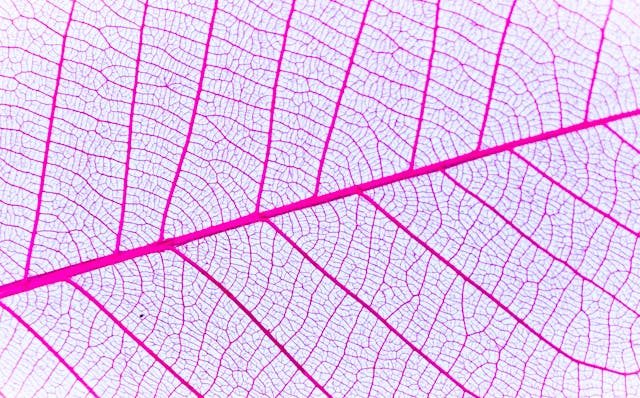The circulatory system plays a crucial role in delivering oxygen, nutrients, and other essential substances throughout the body. Central to this system are veins and arteries, two distinct types of blood vessels that work in tandem to ensure proper circulation. In this blog post, we’ll explore the anatomy of veins and arteries, their functions, and their significance within the circulatory system.

Veins: The Return Path
Veins are blood vessels that carry deoxygenated blood from various parts of the body back to the heart. Unlike arteries, veins have thinner walls and less muscle tissue. This is due to the lower pressure exerted by deoxygenated blood compared to oxygenated blood. Veins contain one-way valves that help prevent blood from flowing backward and assist in propelling blood toward the heart.
Functions of Veins:
- Collect deoxygenated blood from capillaries.
- Transport waste products, such as carbon dioxide, away from body tissues.
- Store a portion of the body’s blood supply, which can be redirected during times of increased demand.
Arteries: The Oxygen Highway
Arteries are blood vessels that carry oxygenated blood away from the heart and distribute it to the body’s tissues and organs. Arteries have thicker walls, as they need to withstand the higher pressure of the oxygenated blood being pumped by the heart. The rhythmic contractions of the heart, known as the heartbeat, propel blood through the arteries.
Functions of Arteries:
- Carry oxygenated blood to body tissues and organs.
- Transport nutrients and essential substances required for cellular functions.
- Help maintain blood pressure through their elasticity and muscular walls.
Collaboration for Circulation
Veins and arteries work in harmony to ensure proper circulation throughout the body:
- Arteries deliver oxygenated blood to the capillaries within body tissues.
- Capillaries facilitate the exchange of oxygen, nutrients, and waste products between the blood and surrounding cells.
- Deoxygenated blood is collected by veins and transported back to the heart, where the process begins anew.
Veins and Arteries in the Circulatory System: Importance of Maintaining Vascular Health
Proper functioning of veins and arteries is essential for overall health. Maintaining healthy blood vessels helps prevent various vascular issues, including varicose veins, venous insufficiency, and arterial diseases. Adopting a healthy lifestyle, staying physically active, and seeking timely medical attention for any vascular concerns are crucial steps toward preserving vascular health.
Contact Dr. Norman Chideckel for Vascular Health Expertise
For personalized guidance on maintaining optimal vascular health, consult with Dr. Norman Chideckel at the Vascular Surgery & Vein Center in New York City at 212-993-6133. With his expertise, Dr. Chideckel can provide insights into the anatomy of veins and arteries and offer recommendations to promote healthy circulation.


